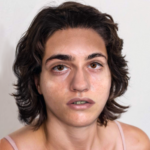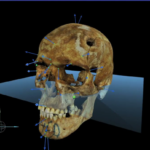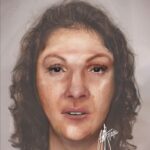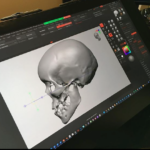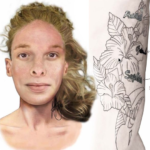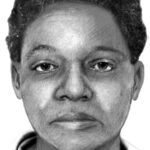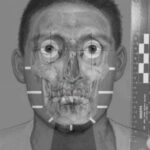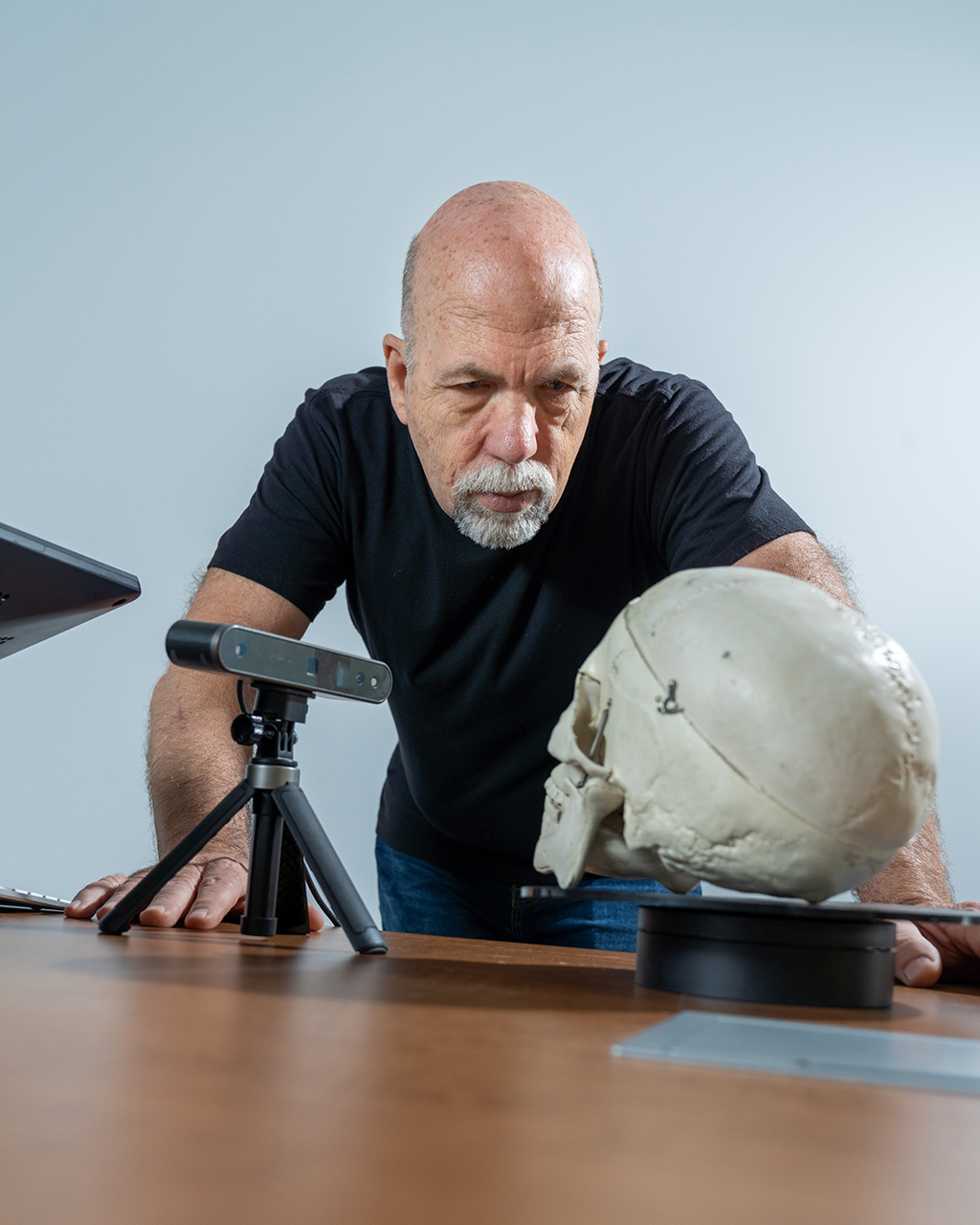
Postmortem ID involves approximating the facial appearance of an unidentified deceased person as they would have looked in life.
The two most widely used methods for this work are facial approximation and postmortem imaging. When supported by DNA phenotyping, these techniques become even more powerful tools for aiding identification.
To create a lifelike approximation, Michael relies on information provided by medical experts and forensic scientists.
He then combines their insights with his artistic skill and investigative experience—using digital illustration, advanced photo-editing tools, 3D sculpting software, and AI technology—to produce media-ready facial images designed to help return names to the unidentified.
Museums and historical societies also use facial approximation and photo restoration techniques to recreate the faces of historical figures and ancient populations for public exhibits.
If you’d like to learn more about our affordable solutions or hire us for your next project, please visit our Contact page or use our convenient upload link to send us your CT skull files.



